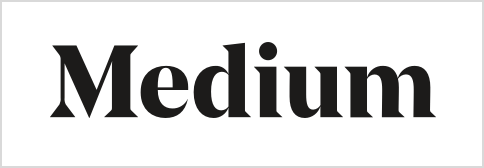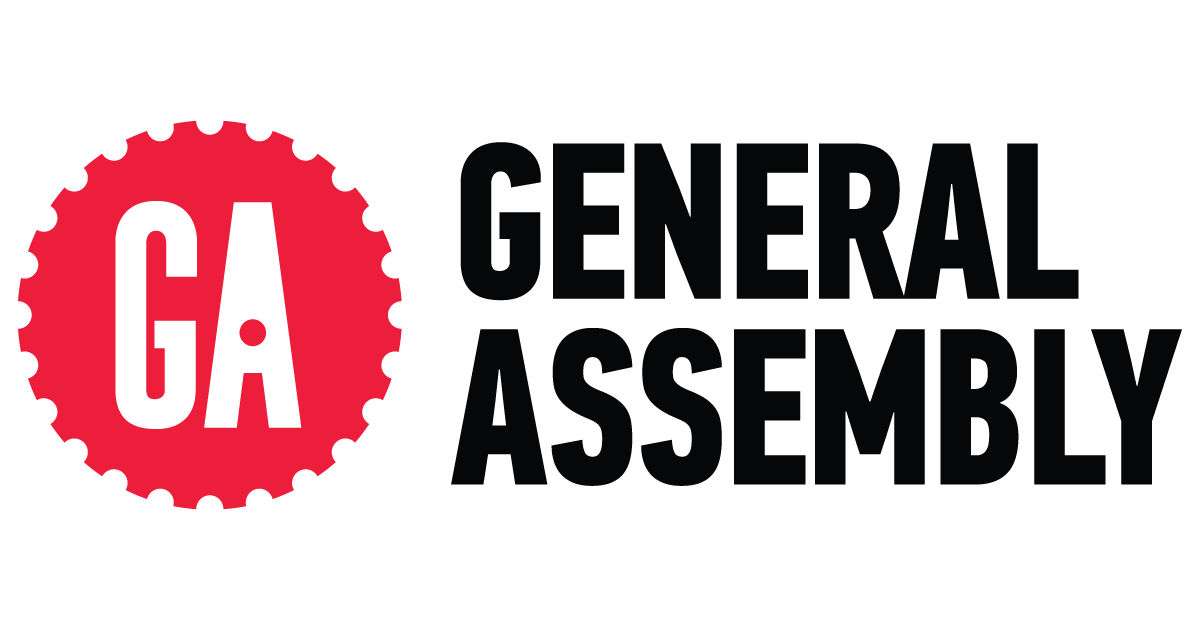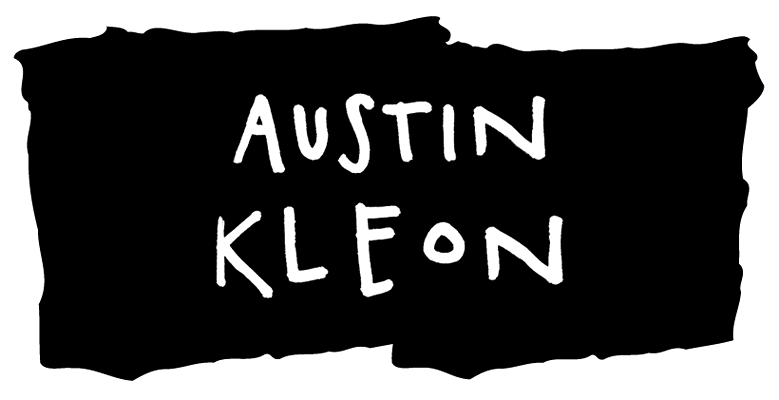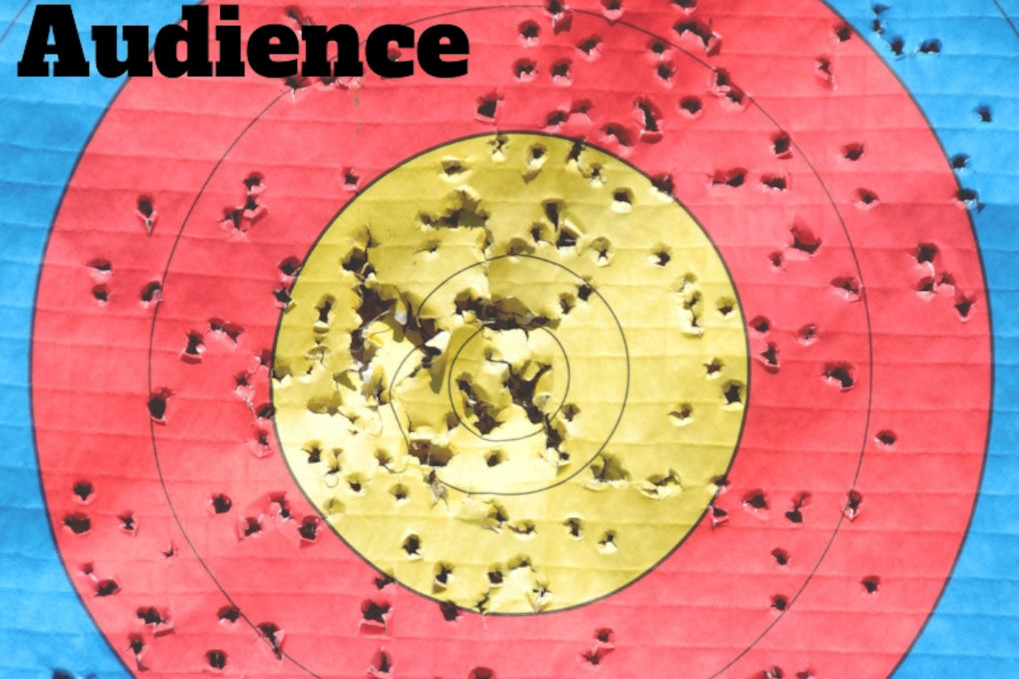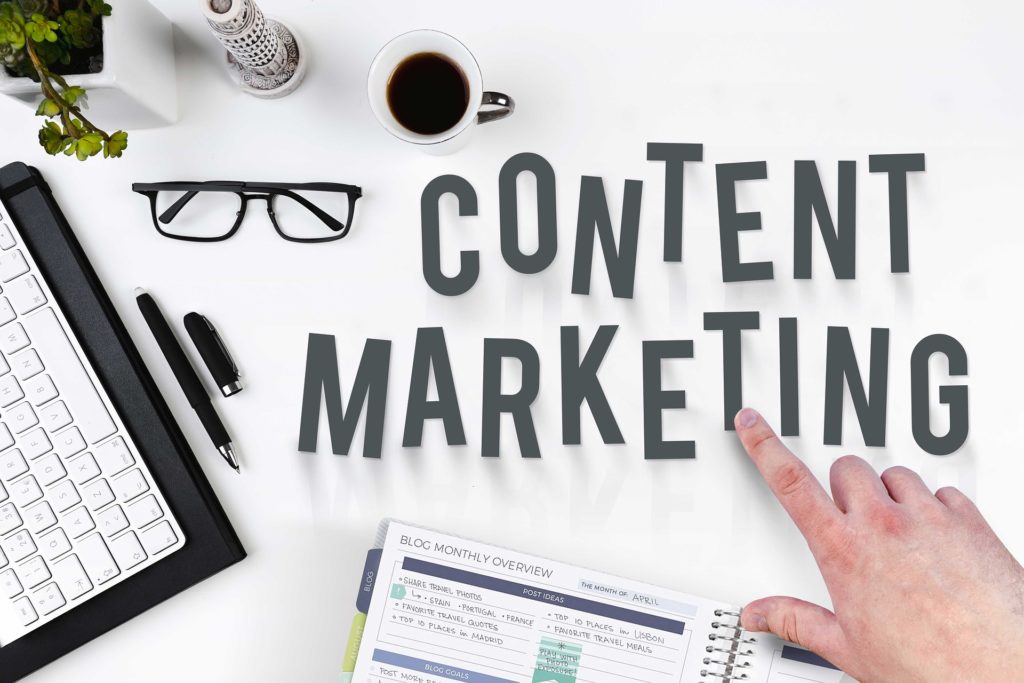Email newsletters are an exceptional way for businesses to stay in regular contact with their customers and to drive leads from people who may need a bit more influence.
Newsletters have become an integral part of countless digital marketing campaigns for businesses of all sizes over the past decade, as various platforms like LinkedIn and Substack have increased the reach of these tools.
One of the biggest advantages of email newsletters is their versatility—you can tailor your digital mailer any way you’d like to tell stories, keep customers informed of your business, or promote new products and services.
However, bombarding your customers with constant emails can be a double-edged sword and lead to unsubscribes and lost leads that never come back.
Another important point is giving your audience content that they care about and that informs or persuades them to take a certain action.
You’ll notice that the most successful newsletters have a few common traits, namely a simple email design with in-brand color schemes; relevant content, and clear calls to action (CTAs) (i.e., “Register today!,” “Learn more,” “Enter here to win”).
We’re here to share those commonalities and more email newsletter tips so that you can write informative newsletters that are a lead magnet and convert would-be leads into customers.
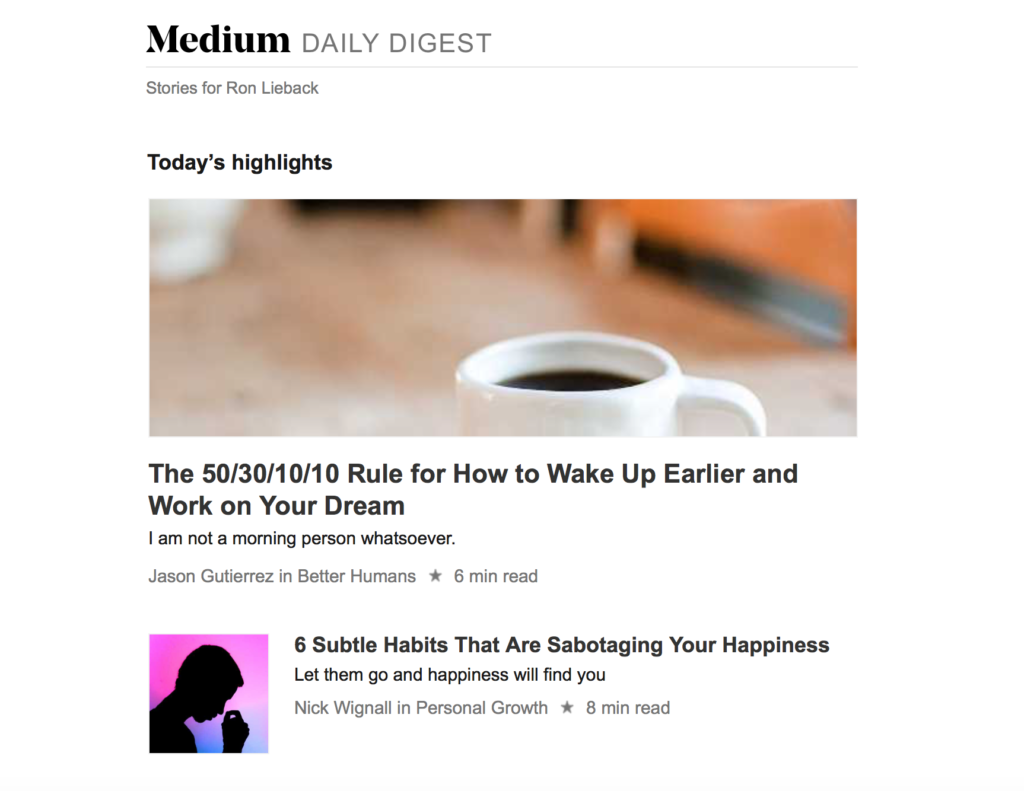
11 Expert Tips to Create Successful Newsletters
Whether your marketing team has been designing and sending digital newsletters for some time, you’re brand-new to this type of content marketing, or you’re reworking your email marketing strategy, here are a few tips for creating great newsletters and boosting open rates:
- Keep Newsletters Informative: The number one mistake we have found from taking over dozens of newsletters from struggling companies is that they focus too much on promotion, when the main goal of newsletters should be information. Promotional content, such as discounts and advertising new services, can be tucked into your newsletter or sent separately, but the bulk of the primary newsletter should be focused on informative content. This content includes recent blogs, trending topics, or breaking news stories with your spin on current events to showcase your brand’s authority and thought leadership.
- Segment Newsletter Audiences: In terms of the who of newsletters, sending your content to the right audience is absolutely key to increasing open rates and clicks. Ideally, your newsletter audience would consist of people who self-subscribed, current customers, and any email marketing list of potential leads that could benefit from your content. You can even experiment (A/B test) with different audiences to see which content performs the best.
- Track Open and Click Rates: Use tools like Mailchimp or Constant Contact to monitor how many people open your emails and engage with links. These insights show what content resonates and help you refine future campaigns for better performance.
- Include Strong Calls to Action: Newsletters can be a powerful source of leads if used properly. Create clear calls-to-action throughout your newsletter, using your content as an informative and persuasive tool, to generate conversions for your business. Use clear, action-oriented language like “Register Now,” “Limited Spots Available,” or “Click to Learn More.” Always include working links or buttons for registrations, social follows, or contact forms to make taking the next step easy.
- Don’t Spam Your Email Lists: Frequency is another important consideration when it comes to newsletters. Most businesses opt for monthly or twice-monthly newsletters to keep their business top of mind, but it’s important not to overdo it. Perhaps another consideration is consistency, as companies like Robinhood send out daily newsletters, but these are generally expected by customers.
- Send at the Right Time: Timing is critical. Send emails when your audience is most likely to engage—whether that’s right before an event or during business hours. Consider time zones if you’re sending to a national or global audience, and use reminder emails for live events. Again, consistency is key as you’ll want to send your newsletters at the same time of day and month to cultivate consistent results.
- Write Compelling Subject Lines: A strong subject line should be short, specific, and attention-grabbing. Tease what’s inside the email in a way that encourages curiosity and action—for example, “Event Starts Tonight!” or “3 Deals You Don’t Want to Miss.” This will have the largest impact on your open rates and determine whether or people even read your newsletter to begin with.
- Keep Your Email List Up to Date: Regularly clean your email list to avoid bounce-backs and keep engagement high. Work with your customer service team to verify addresses during follow-up calls or customer interactions.
- Always Include an “Unsubscribe” Option: Make it easy for recipients to opt out if they choose. An unsubscribe link in every email protects your sender reputation and helps ensure you’re reaching people who want to hear from you.’
- Target the Right Audience: Segment your email list based on user preferences or behavior. Let subscribers choose what type of content they want when signing up, and avoid sending irrelevant messages that could hurt engagement.
- Be Concise and Mobile-Friendly: Keep content brief and scannable—ideal for users on mobile devices or skimming during the day. Stick to short articles, digestible chunks, and visual appeal. Link out to full blog posts or external articles for readers who want more.
When Is the Best Time to Send a Newsletter
A very important consideration for every newsletter is mastering when to send your newsletter, as research shows that different days can produce radically different open and click rates.
The best day is different for each company. Research has shown that Tuesday is the best day, with Monday in second. Mondays can be unpredictable—some employees tackle their inbox first thing to start the new week; others are occupied with meetings and projects and put email off until later, or even the next day if there’s nothing timely.
By Tuesday, most employees are settled back into their routine and work through their inbox. As for the best time to send an email, research has shown the highest open rates are during regular business hours (typically 8 a.m. – 5 p.m.).
Through some trial and error, you will find days and times that work for you and your subscribers. You want your readers to not only open and read the message but also take action.
As for sending on weekends, that’s not the no-no it once was. Some research has shown Saturdays have particularly strong open rates. However, it depends on the nature and timeliness of your message.
For instance, if your company-sponsored event scheduled for this weekend must be canceled, postponed, or rescheduled at the last minute, write and send an email blast as soon as you confirm the new event details. Sometimes zero-hour messages can’t be helped—after all, unforeseen emergencies can happen at any time.
Below, we take a closer look at five of the best newsletters we’ve come across from entities doing it right on a few different levels.
5 Examples of Successful Newsletters
While we could write endlessly about what you should and shouldn’t do with your newsletter, it’s often better to see firsthand how other companies write their newsletters to inspire yours. Here are just five examples of successful newsletters that are popular and culturally relevant.
Ben and Jerry’s (benandjerrys.com)
There’s so much to love about Ben and Jerry’s (besides their incredibly yummy products). They were one of the first companies to make social consciousness and philanthropy part of their business model.
Their monthly newsletter, ChunkMail (see what they did there?), captures their brand perfectly—fun, socially conscious, and food-focused. Articles range from practical household tips (“6 Ways to Prevent Freezer Burn”) to global issues like LGBTQ equality and homelessness. The newsletter is a perfect extension of their brand, from the font to the graphics to the content, in an easy-to-read format.
Medium (medium.com)
A well-known blog publishing platform, Medium also has a monthly newsletter that is a round-up of some of their most popular posts from the past week. Readers can opt in for email frequency (daily or weekly) so their inboxes aren’t crowded with messages they’ll never read.
General Assembly (generalassemb.ly)
General Assembly is a nationwide organization focused on experiential education in a wide range of disciplines. They pride themselves on innovative online courses and a constantly evolving curriculum. Their newsletter is packed with event information that allows attendees to register. The layout is minimal, but the content is useful.
Brain Pickings (brainpickings.org/newsletter)
If you like reading about a variety of subjects, subscribe to Brain Pickings for a weekly dose of art, science, design, philosophy, psychology, and creativity (it hits inboxes every Sunday). The newsletter design is pretty basic, but the color palette is eye-catching and the wide range of topics offers something for just about everyone.
Austin Kleon.com
The author of three books on living the artist’s life (Steal Like an Artist, Show Your Work!, and Keep Going), it’s natural that writer/artist/former librarian Austin Kleon’s newsletter focuses on art, writing, and creativity. Kleon’s newsletter is written in a laid-back tone, so it’s more like you’re chatting with a friend and less like reading a stuffy corporate marketing piece.
Newsletters are fun and rewarding, but as with any other digital marketing campaign, they must be developed and sent consistently in order to be effective.
You can always tweak or ditch your preferred template to suit your needs (or as a response to reader feedback) to ensure it’s delivering the results you’re looking for.
FAQs
What’s a good open rate for a newsletter?
A good open rate varies by industry, but generally, anything above 20% is considered solid. Pay attention to trends over time rather than fixating on one campaign.
Can I include images and videos?
Yes, visuals can boost engagement, but optimize them for fast loading and mobile devices. Include alt text and keep file sizes small.
Is it okay to reuse content from my blog or social media?
Absolutely. Newsletters are a great place to repurpose existing content—just be sure to tailor it for the email format with shorter copy and clear links.


